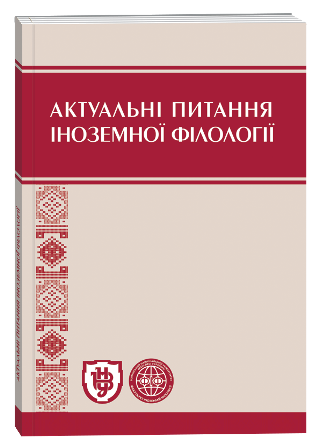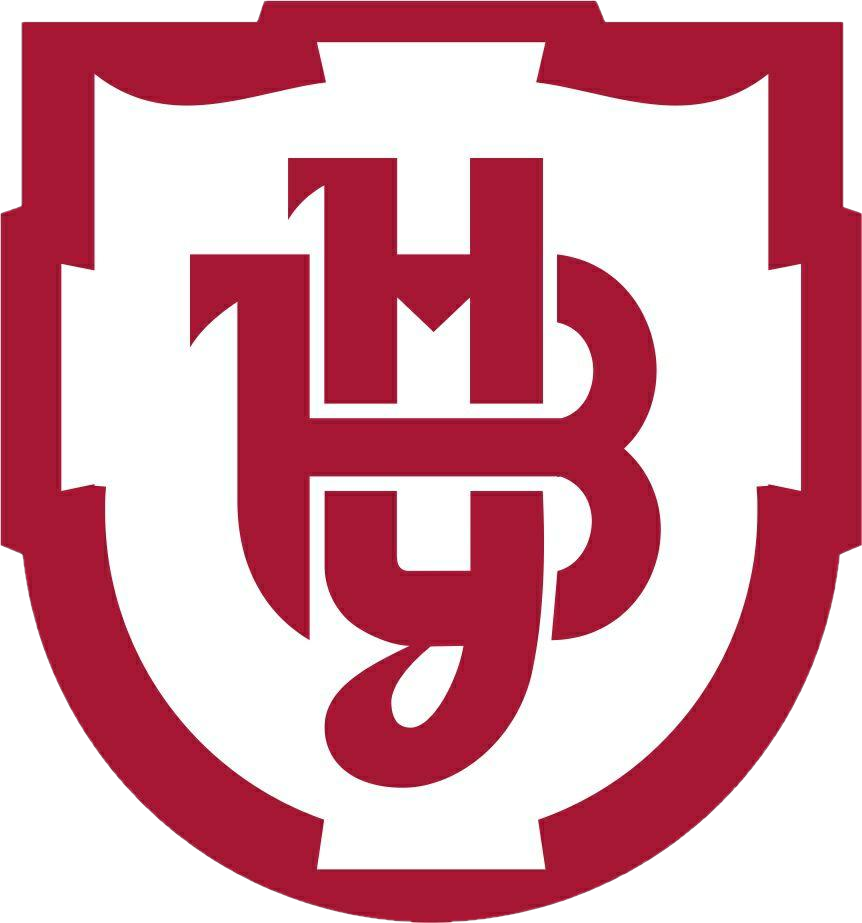CHALLENGES AND STRATEGIES IN CHILDREN’S LITERATURE TRANSLATION
DOI:
https://doi.org/10.32782/2410-0927-2024-21-6Keywords:
children’s literature, translation, genre, style, linguistic adaptation, cultural adaptation, target language, source languageAbstract
The translation of children’s literature presents a unique set of challenges that require careful consideration. While the fundamental principles of translation remain consistent, the specific demands of translating texts for young readers introduce unique complexities. This study delves into the intricate process of translating children’s literature from English into Ukrainian, focusing on the preservation of genre-specific stylistic features. It explores the challenges and opportunities involved in adapting texts for a new linguistic and cultural context. The research examines key strategies employed by translators to maintain the aesthetic and cognitive impact of the original work on young readers. This study identifies strategies such as lexical adaptation, syntactic simplification, and cultural transposition by analysing specific examples from translated children’s literature. It explores the role of the translator’s cultural competence and linguistic creativity in shaping the target text. Thus, the research object of the study is children’s literature in the context of translation. The subject is the features of translating children’s literature into Ukrainian. The article aims at studying the specifics and effective methods of translating children’s literature into Ukrainian. The study focuses on specific research objectives such as examining the concept of children’s literature, defining children’s literature and its role in society, identifying the qualities of a successful translation of children’s literature and analysing the most effective translation techniques for children’s literature into Ukrainian. This study is grounded in theoretical frameworks that view children’s literature through a linguistic lens, particularly theories that explain the specific language and style of children’s texts. The findings of this research contribute to a deeper understanding of the complexities of children’s literature translation and offer valuable insights for translators, educators, and scholars in the field.
References
Варданян М. Ментальний свiт українця в перекладнiй лiтературi для дiтей та юнацтва письменникiв української дiаспори. Науковi працi Кам’янець-Подiльського нацiонального унiверситету iменi Iвана Огiєнка. Фiлологiчнi науки. Кам’янець-Подiльський: Аксiома, 2018. Вип. 46. С. 12–16.
Вознюк А. Критерiї застосування перекладацьких стратегiй у ходi перекладу дитячої художньої лiтератури. Науковий вiсник Мiжнародного гуманiтарного унiверситету. Серiя: Фiлологiя. 2018. No 32, Т. 2. С. 147–149.
Зорiвчак Р. Перекладна лiтература для дiтей як чинник формування особистостi. Iноземна фiлологiя. К.: Український науковий збiрник, 2007. С. 3–9.
Колодій Є. О. Специфіка перекладу дитячої літератури. «Суспільство і особистість у сучасному комунікаційному дискурсі»: матеріали ІІ Всеукраїнської науково-практичної конференції. Запоріжжя: НУ «Запорізька політехніка», 2020. С. 341‒345.
Криворучко Т. В., Дячук Н. В., Білюк І. Л., Свиридюк Т. В. Peculiarities of expressing subtext in a literary text. Вісник Житомирського державного університету імені Івана Франка. Філологічні науки. 2024. Вип. 1 (102). С. 102–110.
Куковинець Ю. Відтворення комічного ефекту під час перекладу англомовного твору українською. Науковий вісник Південноукраїнського 70 національного педагогічного університету ім. К. Ушинського, 2021. № 32. С. 22–31.
Ребрій О. В. Сучасні концепції творчості у перекладі : [монографія]. Харків: ХНУ імені В. Н. Каразіна, 2012. 376 с.
Соловей А. Особливості перекладу дитячої літератури. Ізмаїл, Ізмаїльський державний гуманітарний університет, 2021. 35с.
Britannica: онлайн-енциклопедія. URL: https://www.britannica.com/art/childrens-literature – (дата звернення: 17.11.2024)
Carroll L. Alice through the looking-glass. URL: https://www.gutenberg.org/files/12/12-h/12-h.htm – (дата звернення: 19.11.2024).







